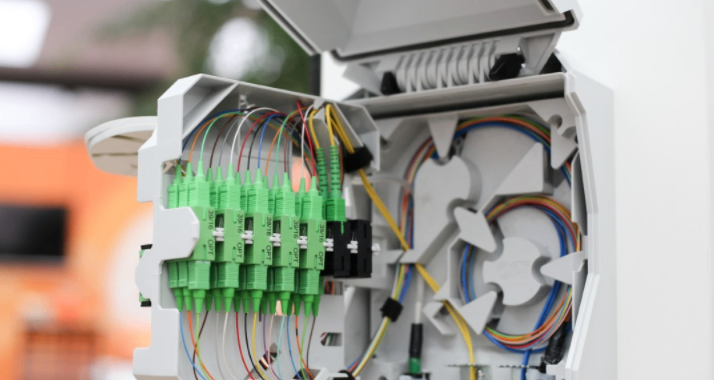Oufu Optical Fiber Cable Co.,Ltd
Address: Shenyang, Liaoning, China
Contact person: Manager Zhang
Phone: 400-964-1314
Mobile phone: +86 13904053308
【whatsapp && wechat】
2024-09-20 1012

In the realm of telecommunications and networking, Fiber Optic Splicing stands as a crucial skill for professionals looking to build, maintain, and optimize fiber-optic networks. This process involves meticulously fusing the ends of two or more optical fibers to enable seamless transmission of light signals, which forms the backbone of modern high-speed communication systems. If you're new to the field or seeking to refresh your knowledge, this foundational guide will help you quickly grasp the essentials of Fiber Optic Splicing.
Understanding the Basics
Before diving into the technicalities, let's establish a solid foundation. Fiber Optic Splicing is a precision-oriented task that requires careful handling of fragile glass fibers. The core objective is to minimize loss of light energy at the splice point, ensuring maximum signal transmission efficiency. This is achieved by aligning the fiber ends perfectly and using heat or other methods to fuse them together.
Essential Tools and Equipment
To perform Fiber Optic Splicing, you'll need a set of specialized tools and equipment, including:
Fiber Optic Splicing Machine (Fusion Splicer): The heart of the operation, this device aligns the fibers and applies heat to fuse them.
Fiber Stripper: Removes the protective coating from the fiber, exposing the bare glass for splicing.
Fiber Cleaver: Ensures a clean, perpendicular cut of the fiber end, crucial for precise alignment.
Magnifying Vise or Microscope: Aids in visually inspecting and aligning the fibers.
Cleaning Tools (Wipes, Alcohol): Keeps the fiber ends and splicer clean, preventing contamination.
Step-by-Step Guide to Fiber Optic Splicing
Preparation: Begin by ensuring all tools are clean and in good working condition. Prepare your workspace with ample lighting and a stable surface.
Stripping: Using the fiber stripper, carefully remove the protective coating from both ends of the fibers to be spliced. Take care not to damage the glass core.
Cleaning: Thoroughly clean the exposed fiber ends with alcohol and lint-free wipes to remove any dust or debris.
Cleaving: Place the fiber into the cleaver and activate it to make a precise, perpendicular cut. Repeat for both fibers.
Alignment and Splicing: Load the cleaved fibers into the splicing machine. The machine will automatically align the fibers using built-in cameras and microscopes. Once aligned, it will apply heat to fuse the fibers together.www.adsscable.cn
Inspection and Testing: After splicing, use the microscope to inspect the splice point for any imperfections. Conduct tests to ensure the splice meets the required loss specifications.www.adsscable.cn
Protection: Apply a protective sleeve or heat-shrink tubing over the splice to protect it from damage and environmental factors.
Tips for Successful Fiber Optic Splicing
Practice Makes Perfect: Like any skill, mastering Fiber Optic Splicing takes time and practice. Don't be discouraged by initial imperfections; keep practicing until you achieve consistent results.
Maintain Cleanliness: Contamination is the enemy of fiber optics. Always ensure your tools, workspace, and fibers are clean before starting.
Follow Manufacturer Guidelines: Each splicing machine and fiber type has its own set of guidelines. Follow them closely for optimal results.
Invest in Quality Equipment: Quality tools and equipment can make a significant difference in the success of your splices. Consider investing in top-notch equipment if your budget allows.
Conclusion
Fiber Optic Splicing is a vital skill for anyone working in the fiber-optic industry. By following this basic tutorial and continuously honing your skills, you'll be well on your way to mastering the art of fiber splicing. Remember, patience, precision, and attention to detail are key to achieving successful splices. With practice and dedication, you'll be able to confidently tackle even the most challenging splicing tasks.